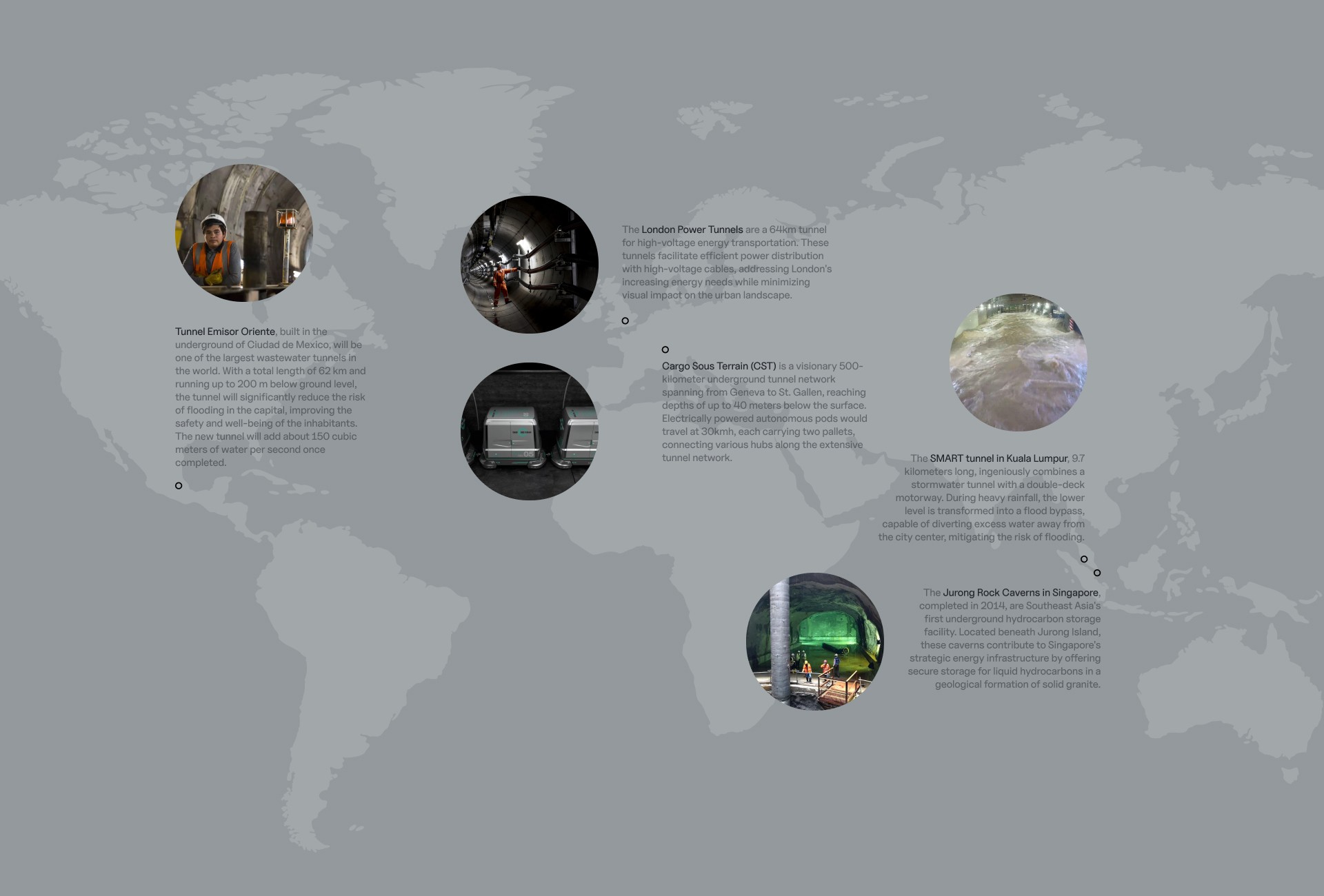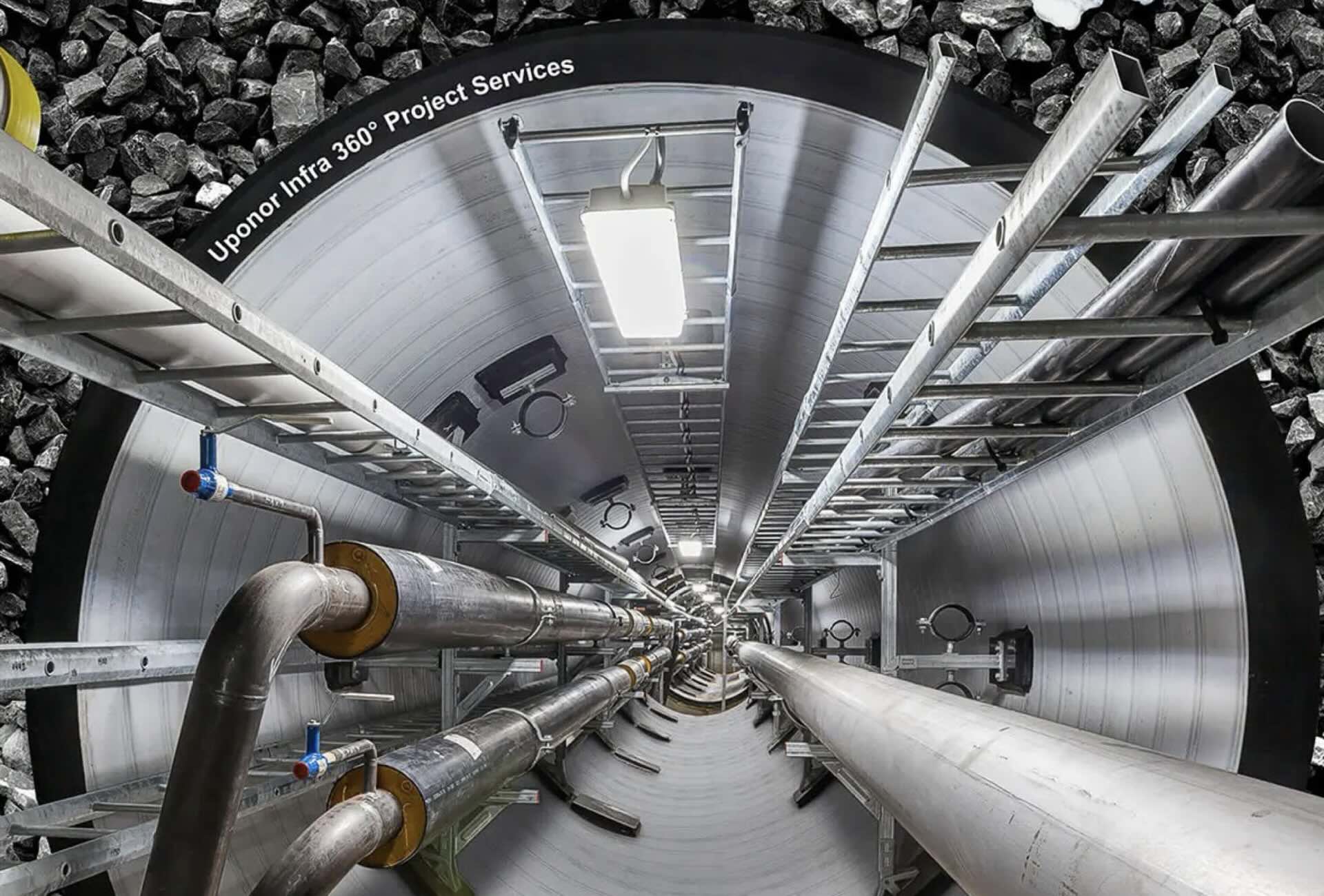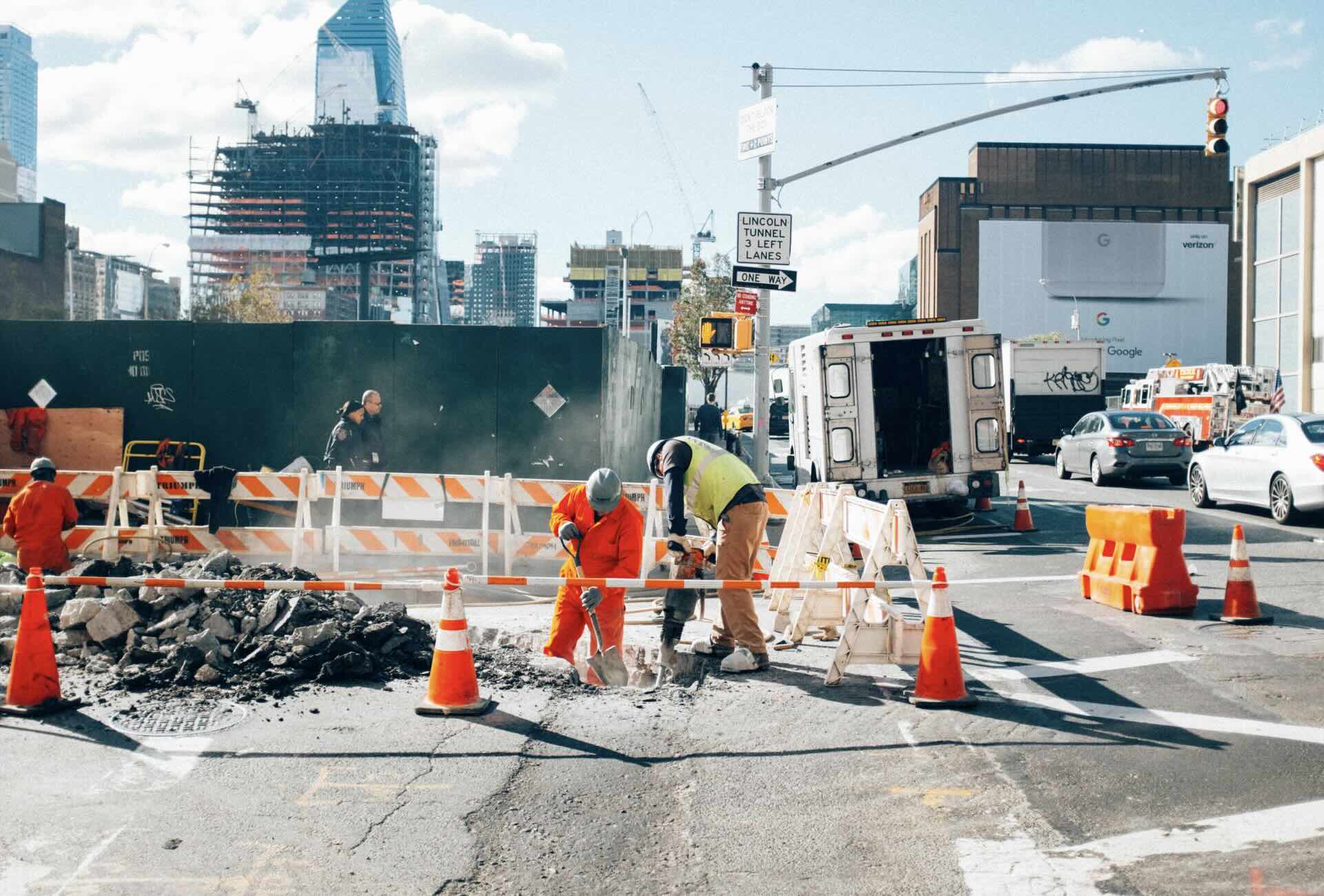However, underground construction is sticky: drawing a holistic vision early on is of the highest importance. We are offered a once-in-a-century opportunity to design great underground spaces, in a systemic, holistic way.
Now is the best time to engineer underground paradigms: we should, for example, compare different MUTs designs, consider the integration of new tech (from hydrogen to pneumatic garbage disposal), ideate integration with new and existing typologies of underground transportation, calculate underground geothermal heating and cooling capabilities, while leveraging existing underground infrastructures, defining frameworks for private and public ownership, and creating local and international standards.
First, we identified a number of macro-challenges in the urban environment. Crucially, these macro-challenges are not only related to the underground but, more often than not, to the overground, showing how interconnected the subsurface and the overground are.
From messy underground utilities, to unified Multi-Utility-Tunnels.
Kilometers of cables and pipes form an intricate labyrinth in the underground, often referred to as “spaghetti problem”. Electricity, gas, clean water, wastewater, and internet infrastructure find their own way into our homes, resulting in a complex and disjointed system.
By consolidating and organizing utilities and essential services within a unified underground network, we can streamline operations, enhance efficiency, and ensure a more reliable and sustainable infrastructure for future generations. Multi-Utility Tunnels, already under development in numerous cities worldwide, could be a solution.From dangerous, uneasy roadworks, to safer and faster maintenance.
Roadworks and maintenance activities often disrupt traffic flow, causing congestion and inconvenience for commuters. These projects can be time-consuming, costly, and pose safety risks to both workers and the public. By streamlining and consolidating utilities into (shallow) tunnels, maintenance work could become much faster, cheaper, and safer for the people working on it — while minimizing disruptions to traffic flow.From climate-vulnerable cities, to climate-resilient cities.
Cities face the constant threat of flooding, which poses serious risks to both infrastructure and human lives. Traditional surface-based systems struggle to cope with the increasing frequency and intensity of extreme weather events. Through innovative underground design, we can create resilient cities that can withstand and adapt to the challenges of climate change. By integrating advanced drainage systems, floodwater storage, and real-time monitoring, we can effectively manage water flow, minimize damage, and enhance overall urban resilience.
In this context, some novel design paradigms emerged, which we summarised under the umbrella concept of "3D Cities" — a name we chose to highlight the shift from the "flat" cities we are used to, to a more 3-dimensional, playful, multi-layered approach to urbanism.
Imagine moving from a scattered approach for underground urbanism, to a unified, multi-layered, systemic paradigm, merging a diverse set of interests and players in one coherent vision.
Deep tunnels could form a grid of larger, unified multi-utility and service tunnels. Bored between 10 and 30 m below the surface, they could create a grid underneath the city. They could be equipped with pallet freight deliveries, pneumatic garbage disposal, and turn into emergency floodwater tunnels.
Shallow tunnels would carry the main utilities to all parts of the city. A close-to-surface network could be installed under pathways and bike paths, following the street structure of the city, and serving individual buildings. With many cities around the world now embracing a shift to Active Mobility — walking and biking —, the shift to Active Mobility could be an invaluable opportunity to redesign not just the street surface and decor, but also the harmonisation of utilities through shallow tunneling.
Utility hubs could be built at the intersection of shallow and deep tunnels. Deeper tunnels could occasionally connect to the surface tunnels and to the surface, at key places — “utility hubs”. Here, citizens could dispose of their garbage, and collect deliveries.





